Jinci is also known as Jinci Museum. As the name suggests, it belongs to the ancestral hall of Jin State, and it is also a temple and temple built by later generations to commemorate the founding princes of Jin State. Not only are the ancient buildings well-preserved, but also there are numerous historical allusions, combined with the beautiful natural environment and ingenious architectural layout, where you can see the landscape, see the humanities, understand the buildings of different dynasties, and watch the precious sculptures and murals as well as the art of inscriptions. , taste the gardens of the Jiangnan water town in Shanxi, and feel the beautiful environment of the mountains and waters. 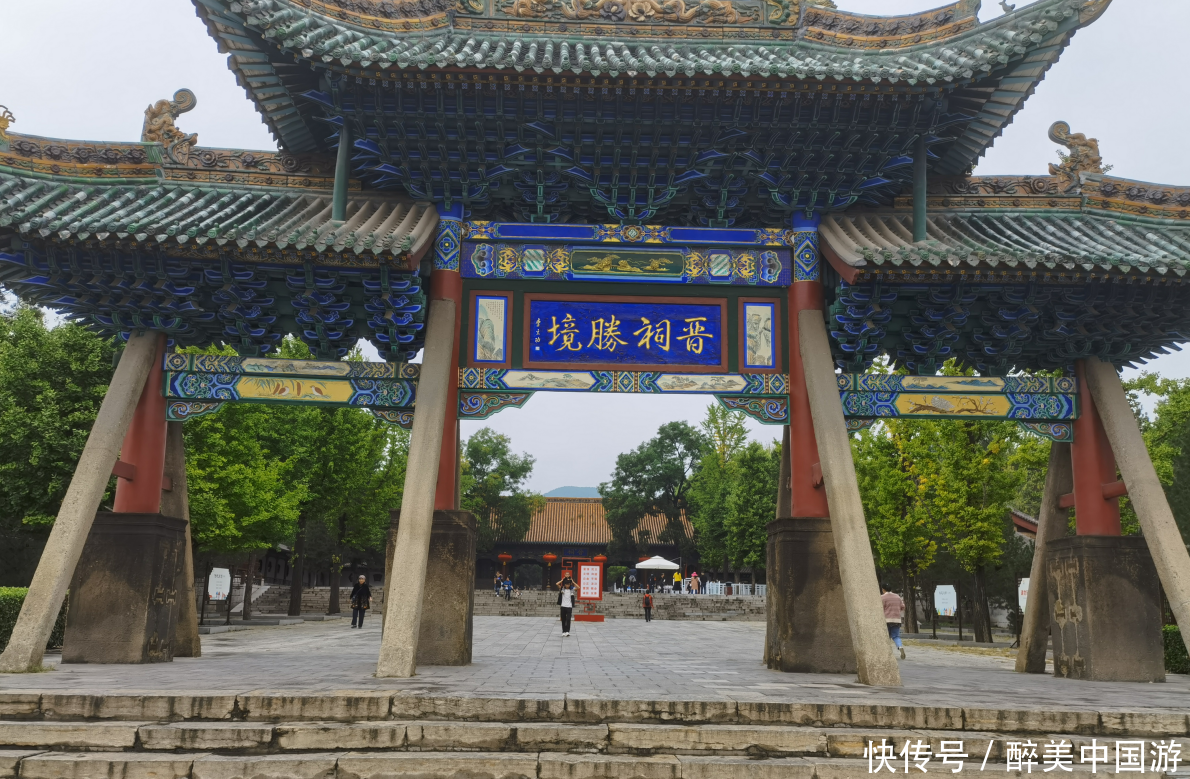
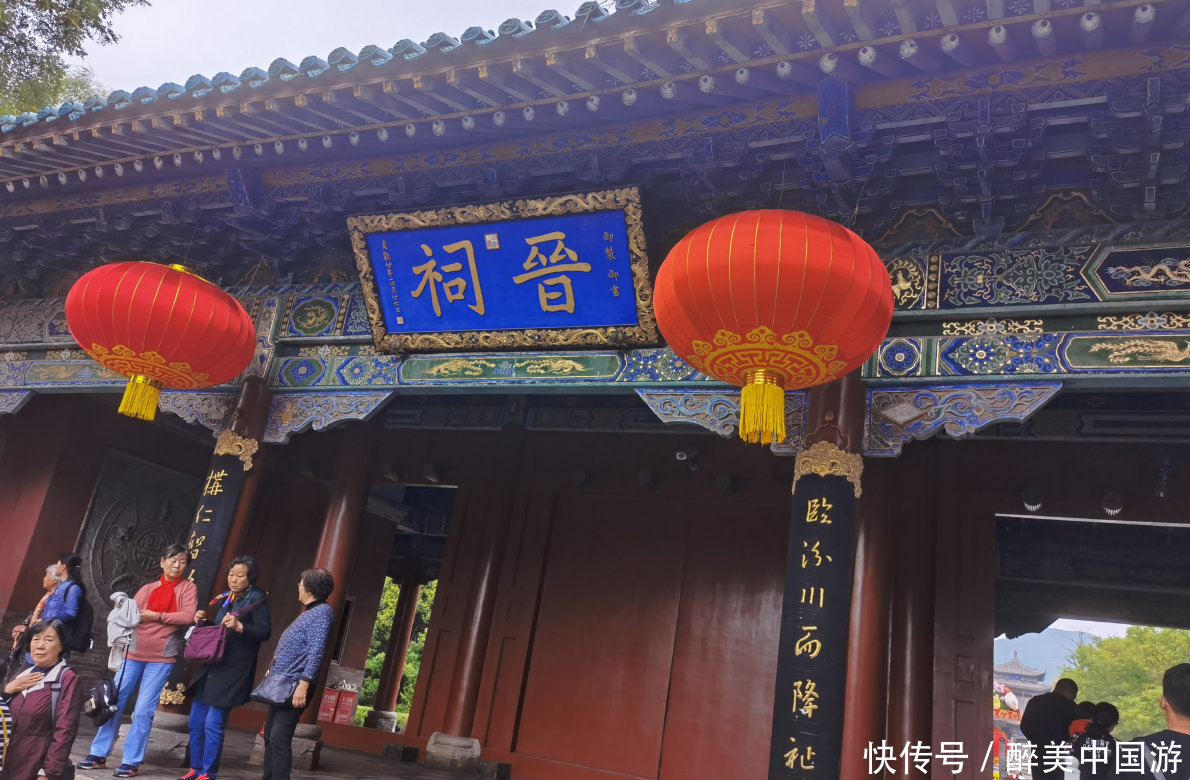
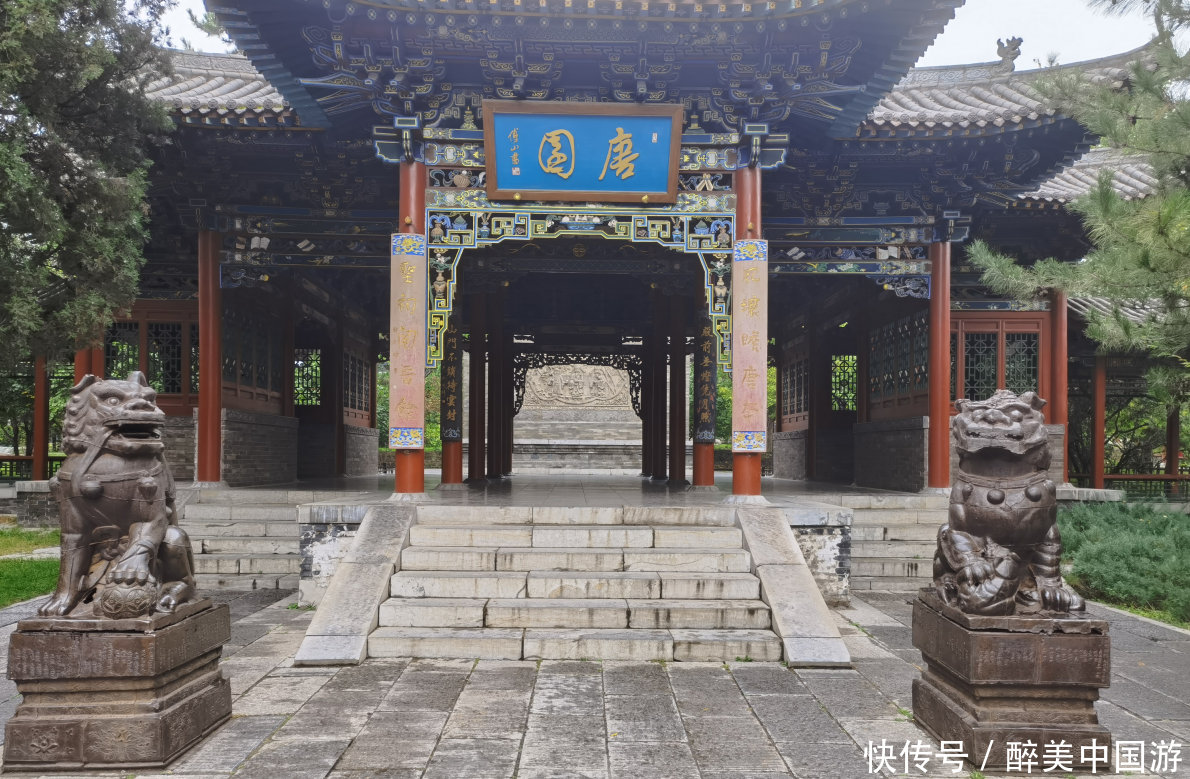
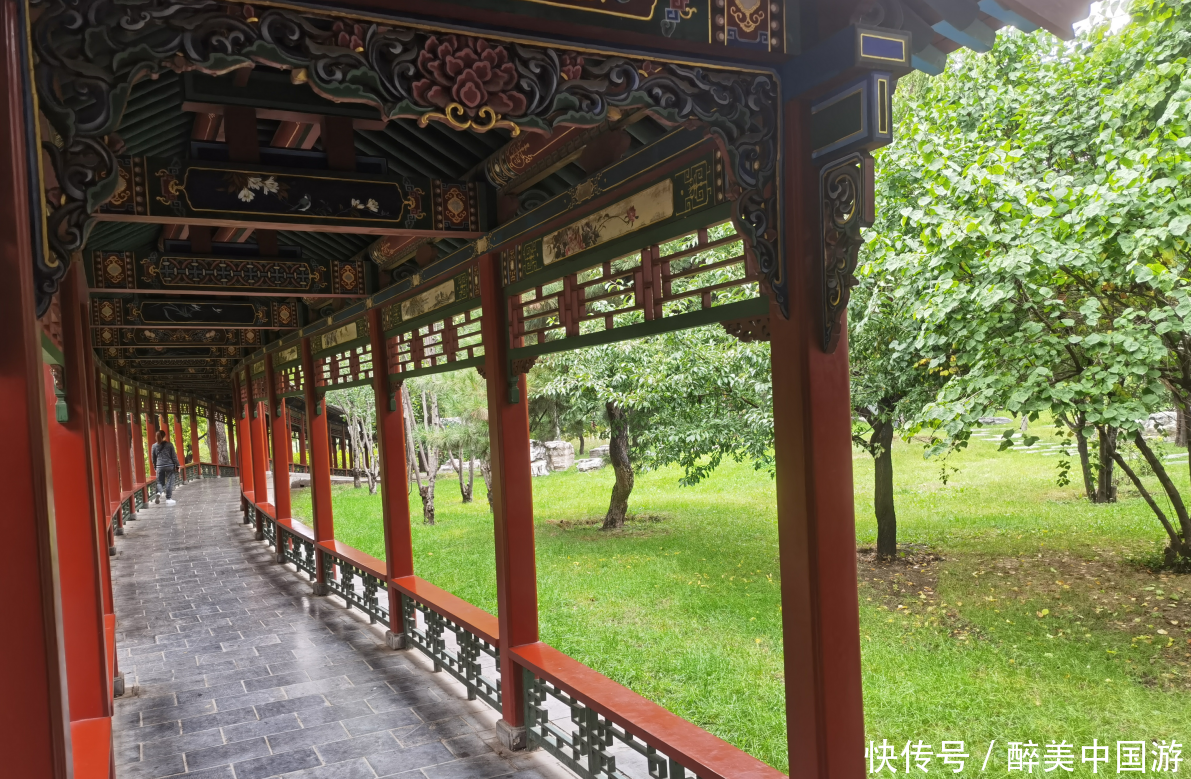
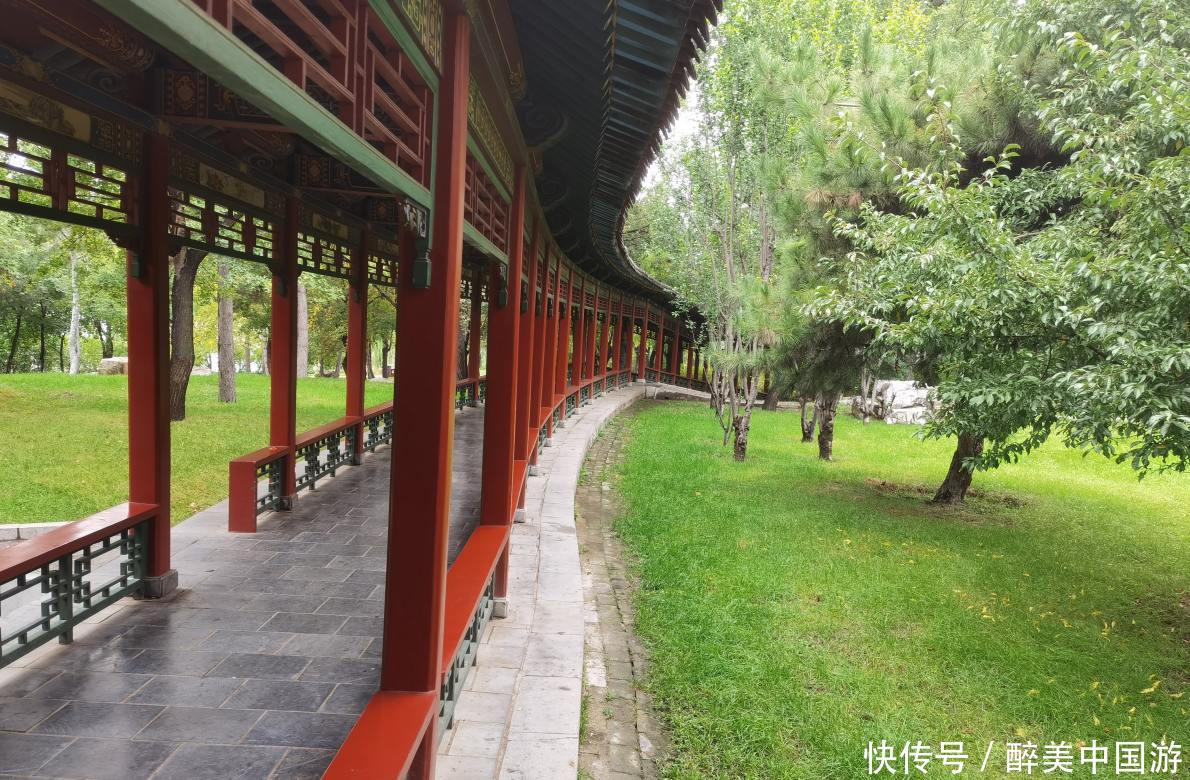
Jinci Museum is located in Jinyuan District, Taiyuan, Shanxi Province, and its coordinates are in the hanging The intersection of Wengshan and Jinshui It ranks first in the local cultural relics, and has the Jin Dynasty ancestral temple garden complex, which runs through the basic architectural concept of the Zhou Dynasty, making the entire building and the topography integrated into one, coordinated, and built according to the level. A bird’s-eye view of Jinci Temple, there are a large number of small ancestral temples, and the layout is flexible and diverse according to local conditions. The layout of the large-scale ancestral temple is distinct, the structure is clear, the central axis is symmetrical, the winding path leads to the secluded, and the momentum is magnificent. Looking at the scenic spot, it extends vertically and horizontally with the Hall of Our Lady as the center, and highlights the key points. With the Zuo Qinglong, the right white tiger, the former sweat pool, and the rear hills as the main axis, it has created the Shanli Spring and Nanlao Spring, as well as the well-known scenic spots such as Yumarsh and Xuanwu Mountain. At the same time, using the sequential space mode and the traditional Chinese central axis symmetrical layout, the layout of the entire scenic spot appears orderly, the axis runs through, and the primary and secondary are clearly defined. The spatial order of the garden is more prominent, and the characteristics of the garden landscape are more prominently displayed. 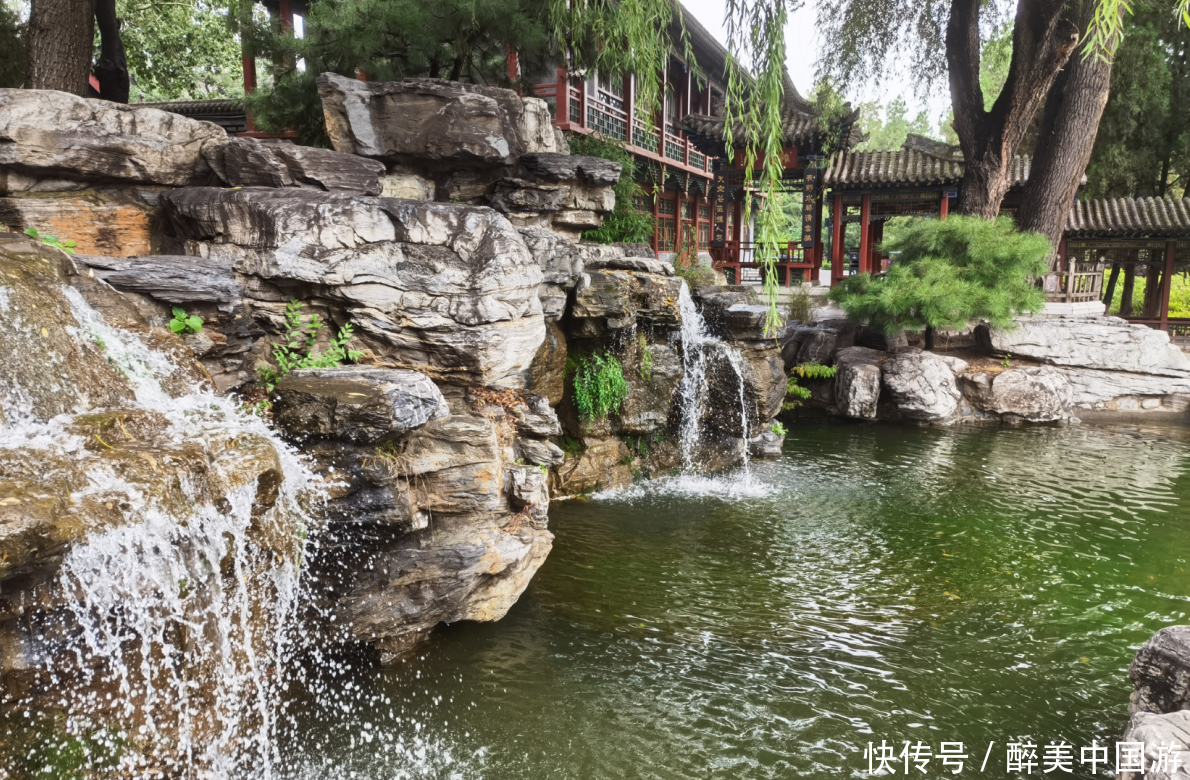
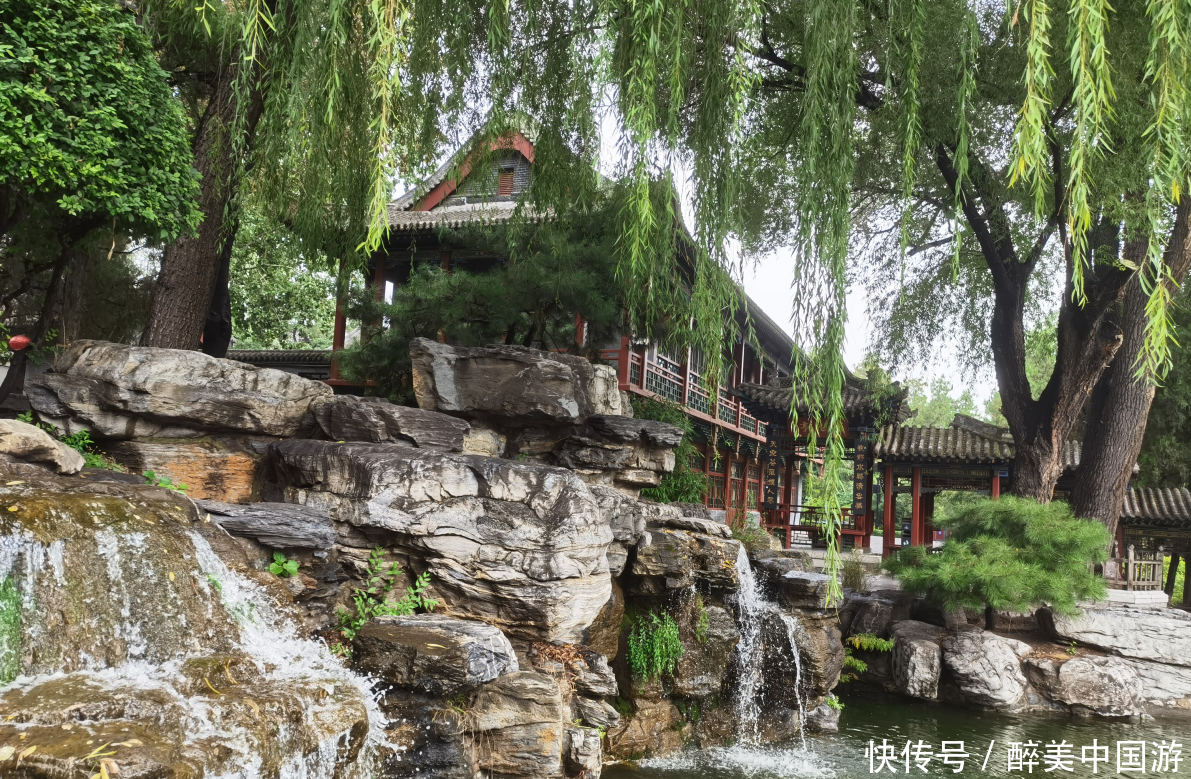
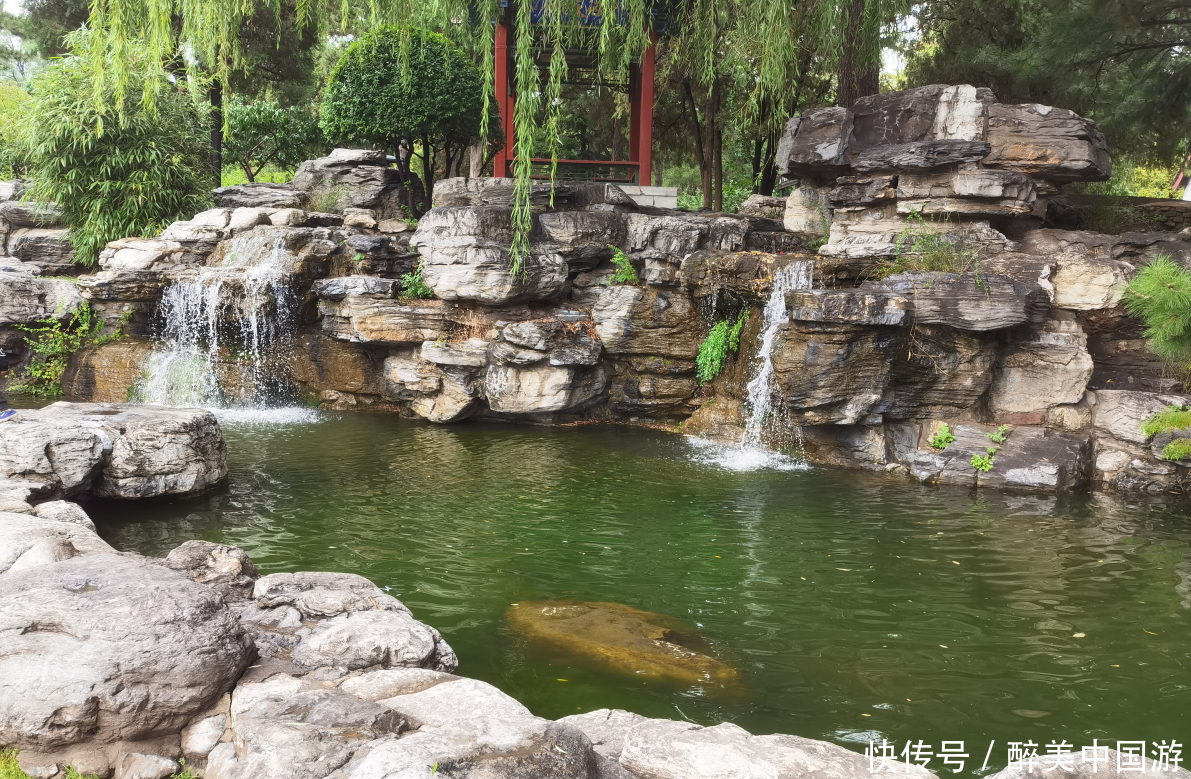
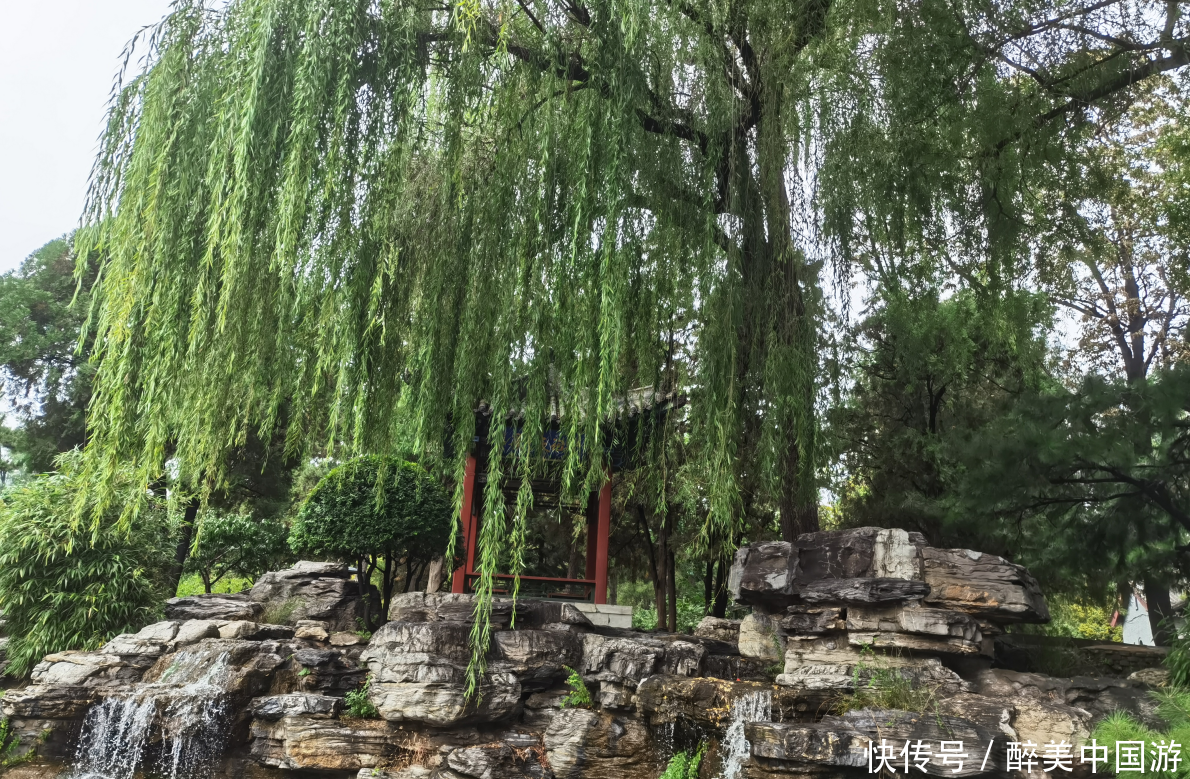

The origin and development of Jinci can be traced back to the Western Zhou Dynasty, after the Eastern Han Dynasty , in the north and south facing the sky It was expanded during the Bao period, and the well-known scenic spots such as Nanlao Spring Pavilion, Shanli Spring Pavilion and Junfu Hall are from that era. After that, after the Sui Dynasty, the relics tower was built in the southwest of the ancestral area to irrigate the rice fields and benefit the people. Then it was expanded by leaps and bounds in the period of Emperor Taizong Li Shimin of the Tang Dynasty. The famous inscription of the scenic spot “The Inscription of Jinci” was written by Li Shimin himself during the Zhenguan period of Tang Dynasty. During the Taiping Xingguo period of the Northern Song Dynasty, Emperor Taizong Zhao Guangyi of the Song Dynasty carried out great construction and renovation here, and when the repairs were completed, he even carved a stele to record the memorial. Until the reign of Emperor Yuanshun to the first year of Zheng, due to irresistible reasons, Jinci had to be renovated again, and the Notre Dame Hall was rebuilt. With the passage of time, to the first year of Hongwu in Ming Dynasty, the famous Yuhua Temple in Jinci was rebuilt, and Xianweng Pavilion was also established in that period. 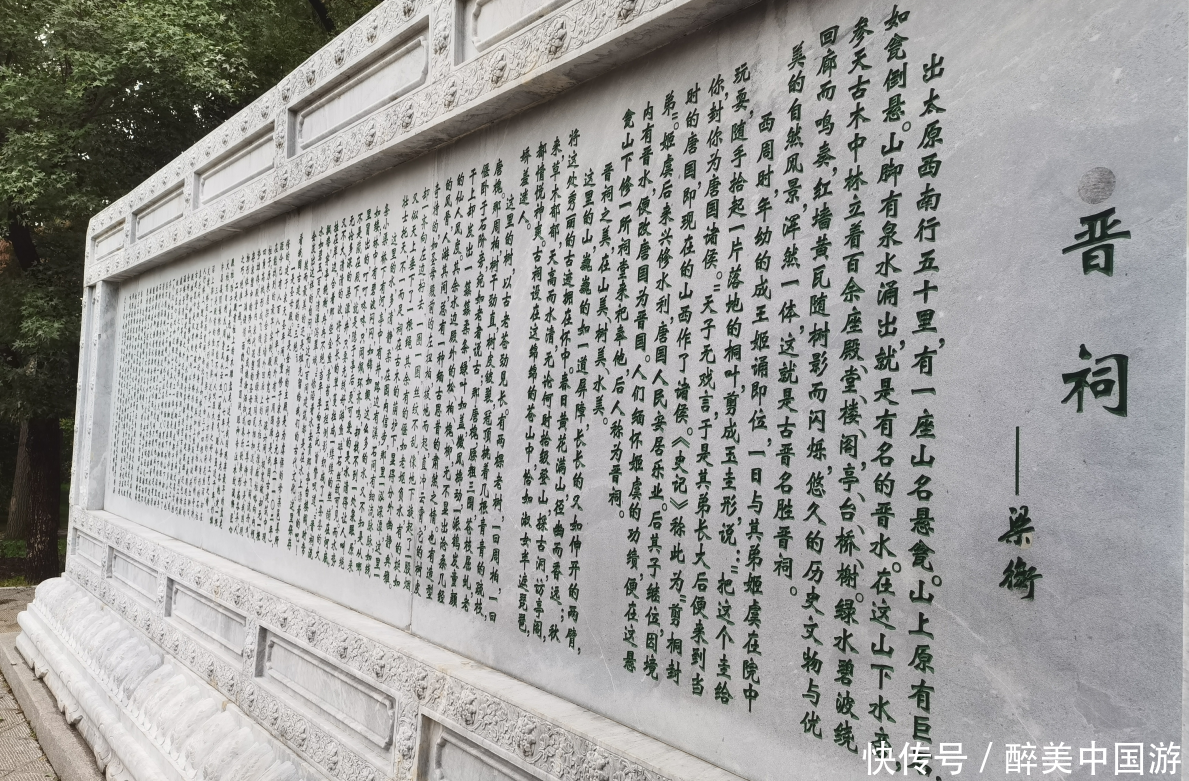
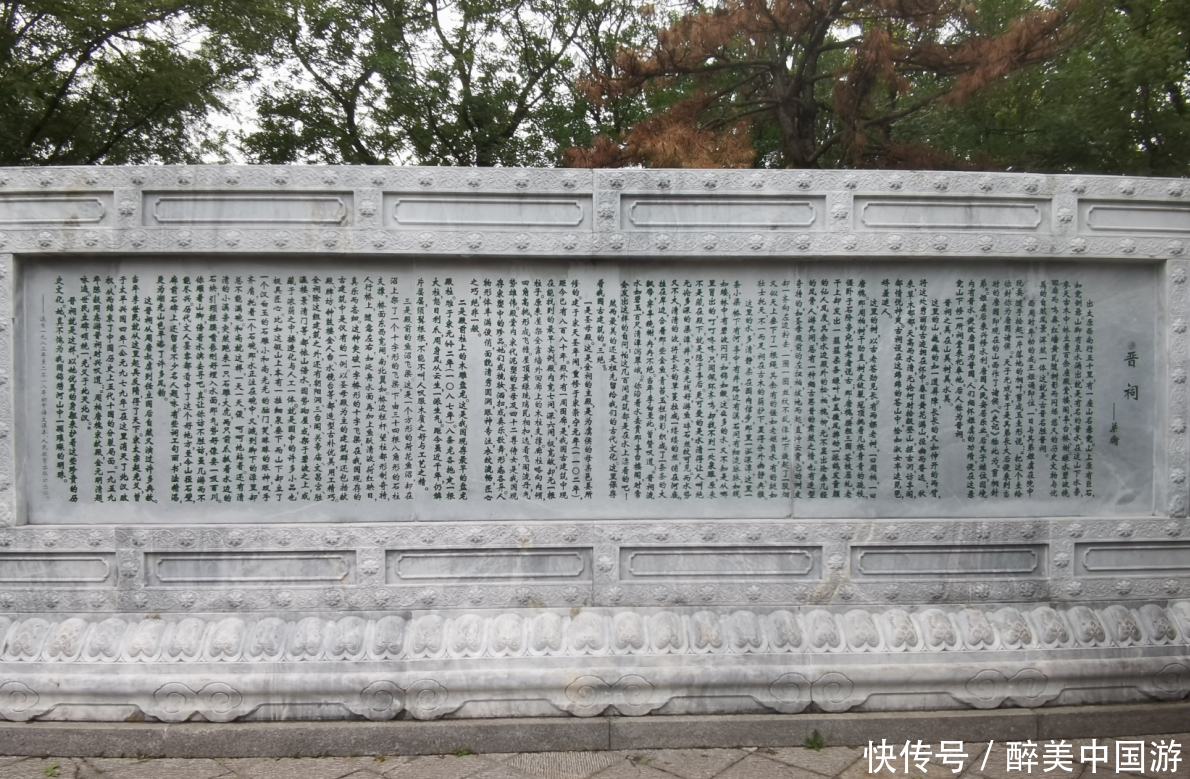
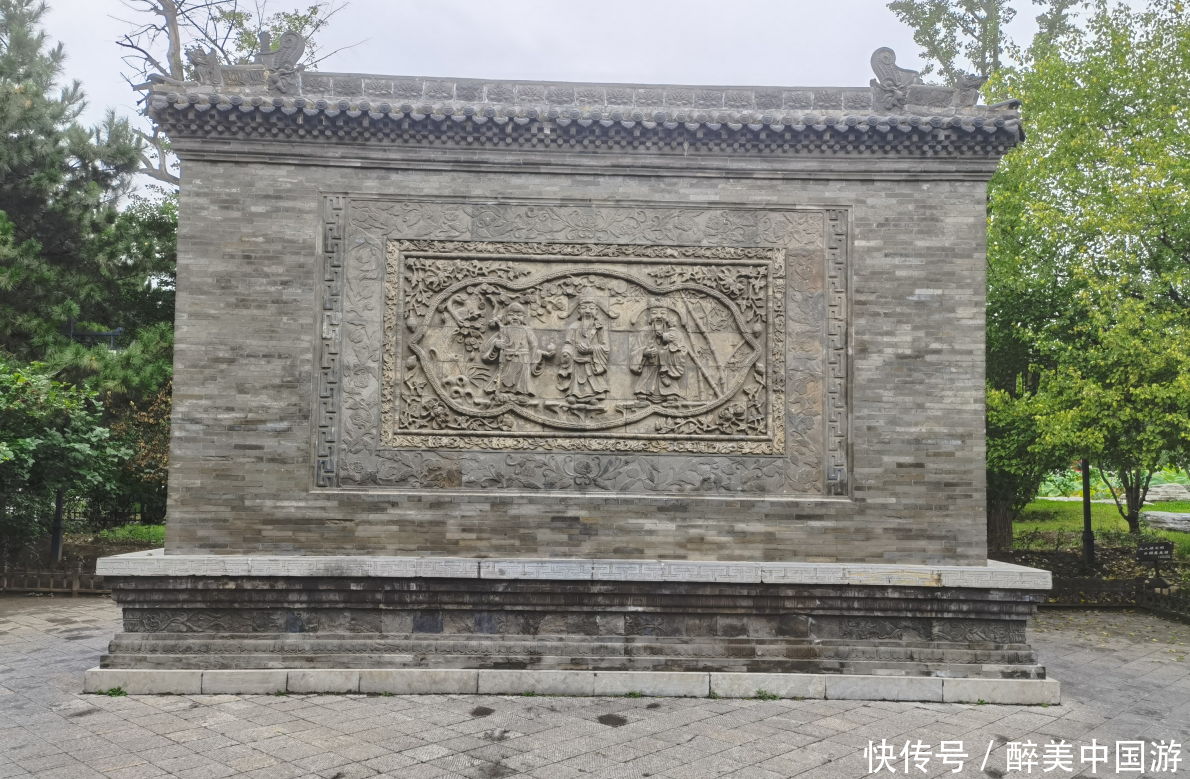
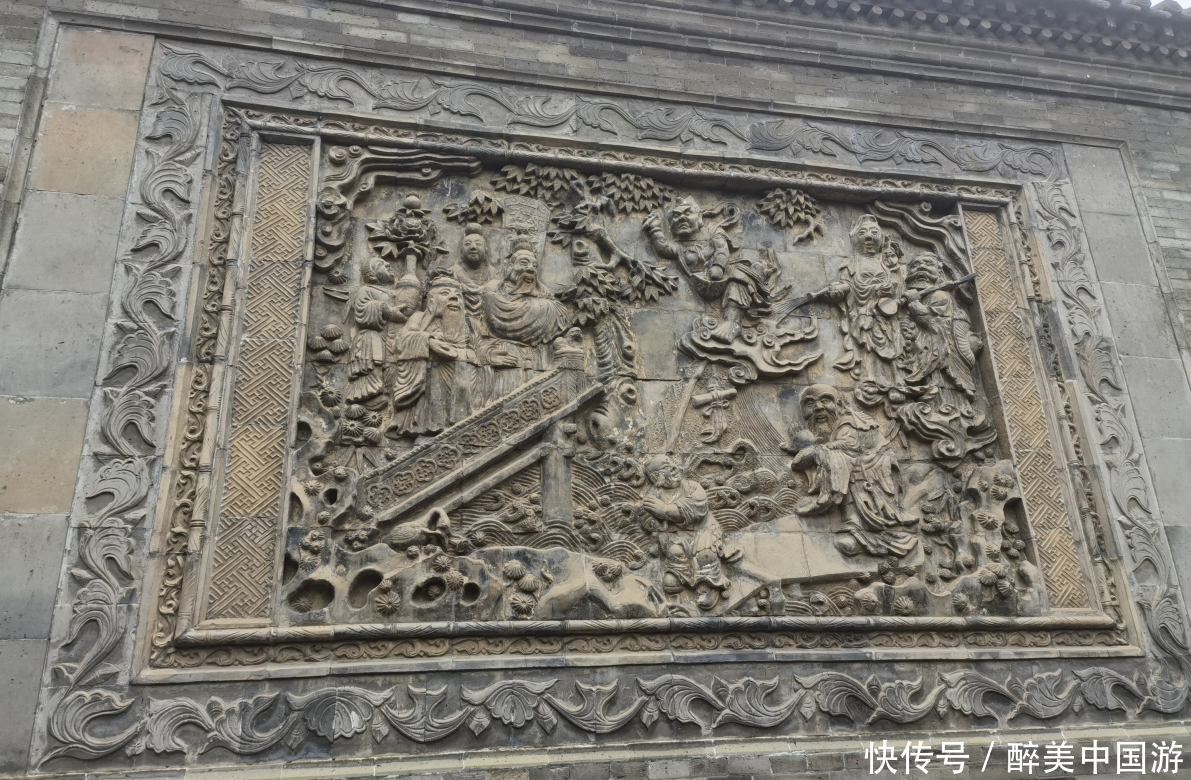
img>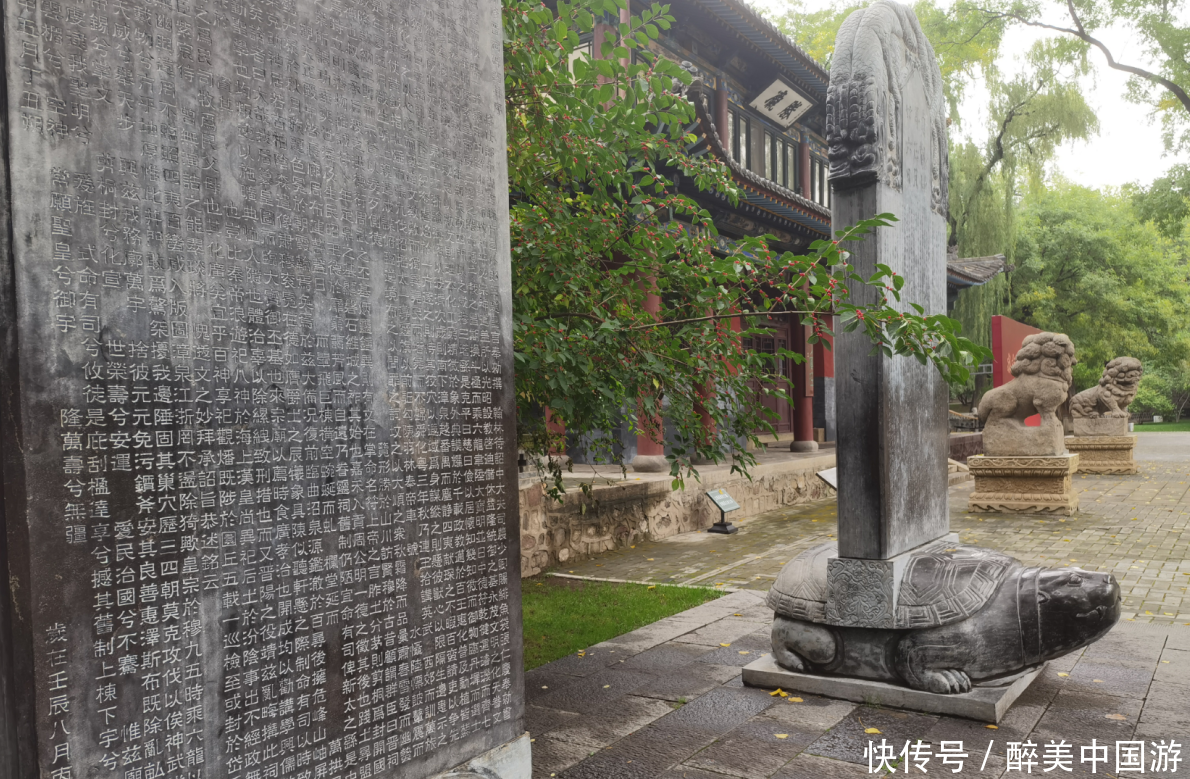
In my opinion, the Jinci Holy Land has never been forgotten in the past dynasties, and Taichong Temple was rebuilt in the eighth year of Yongzheng until the reign of Qianlong. , Jinci seems to be reborn from ashes, Tianletai was born, Sansheng Temple and Tongle Pavilion were rebuilt. Lishengsheng Pagoda and Shuzi Temple were rebuilt, Tang Shuyu Temple was rebuilt, Jinshui Qixian Temple, Wenchang Palace and Suohong Bridge were expanded, which made Jinci Museum all-round qualitatively improved, and the natural and human environment became more complete. Until the sixth year of Jiaqing, Jinci received a comprehensive repair, including lotus ponds, flying beams and waterside pavilions, Sanqing Cave and Jade Emperor Pavilion were completely new, and Guandi Temple was completed. Looking at the history, from the fifth year of Daoguang to the first year of Guangxu, Jinci was intermittently upgraded and renovated, but it did not undergo much action, and it extended to the period of the Republic of China. In modern times, Zhibo Canal was built and Wenchang Palace was expanded. At the same time, Wangchuan Pavilion and Suohong Bridge were also rebuilt, and an art memorial hall was added. Following the development of science and technology, a series of digital collections of ancient architecture and culture were created. 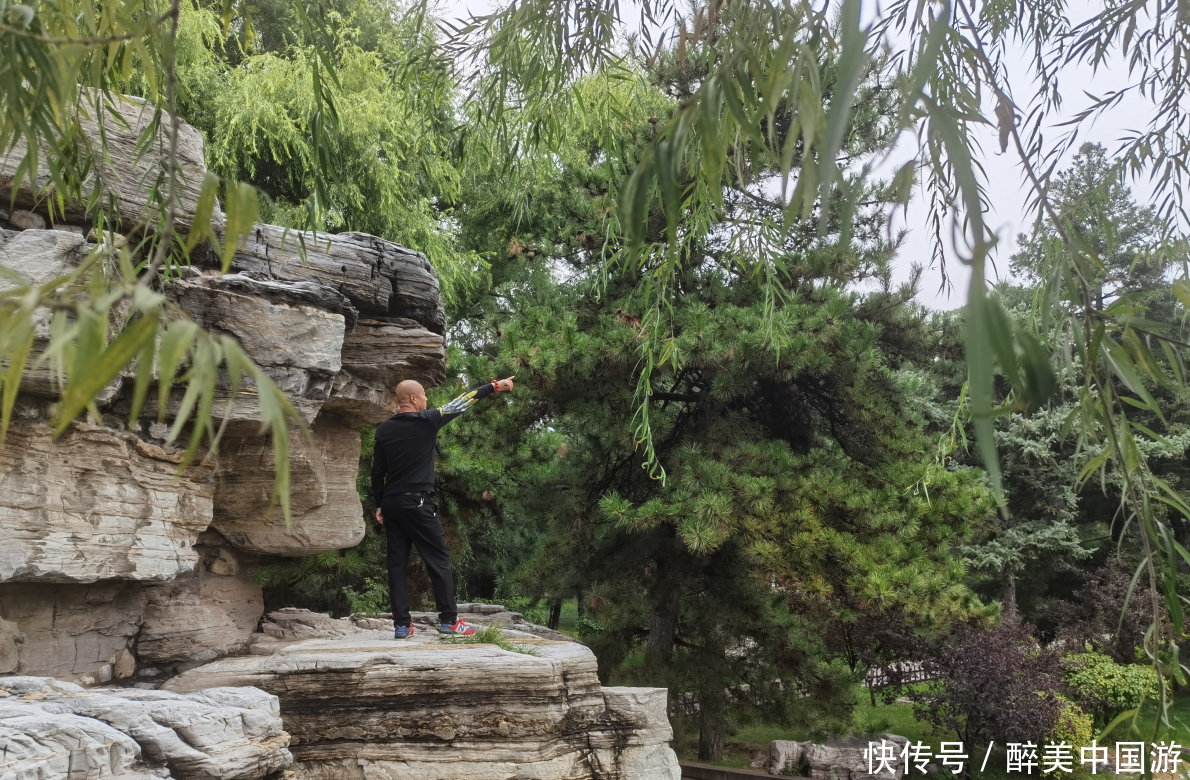
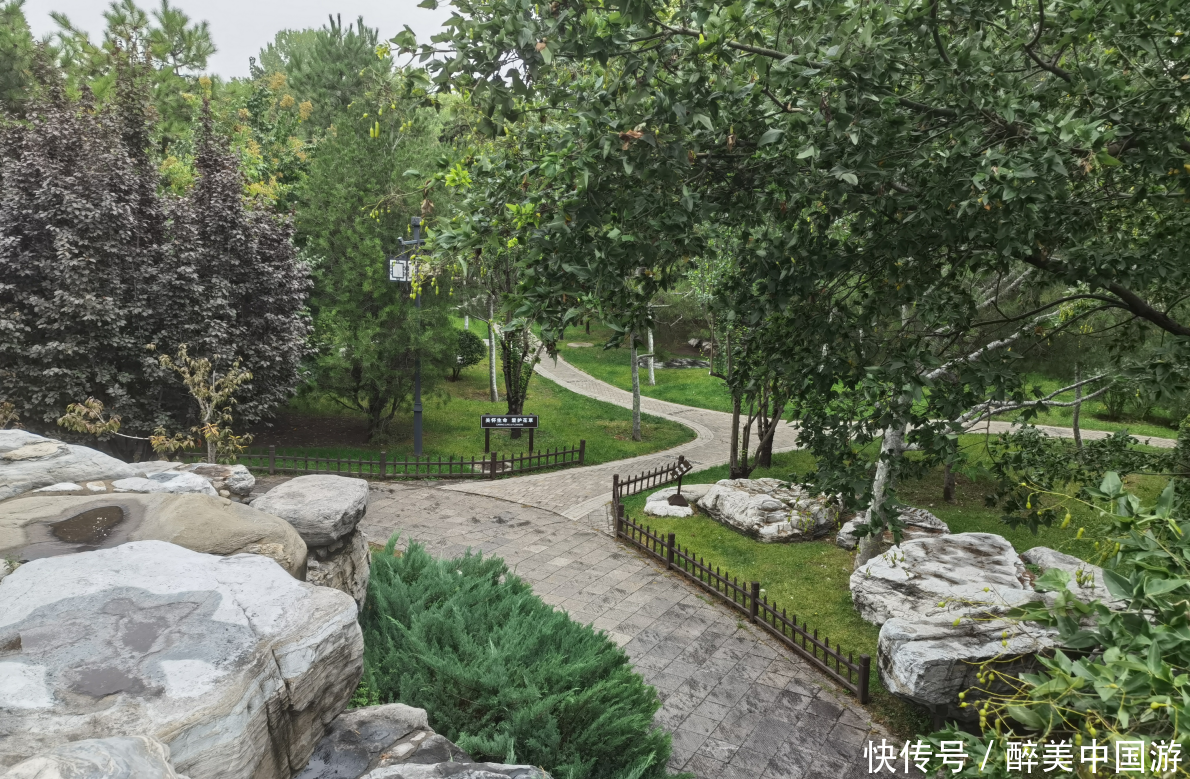
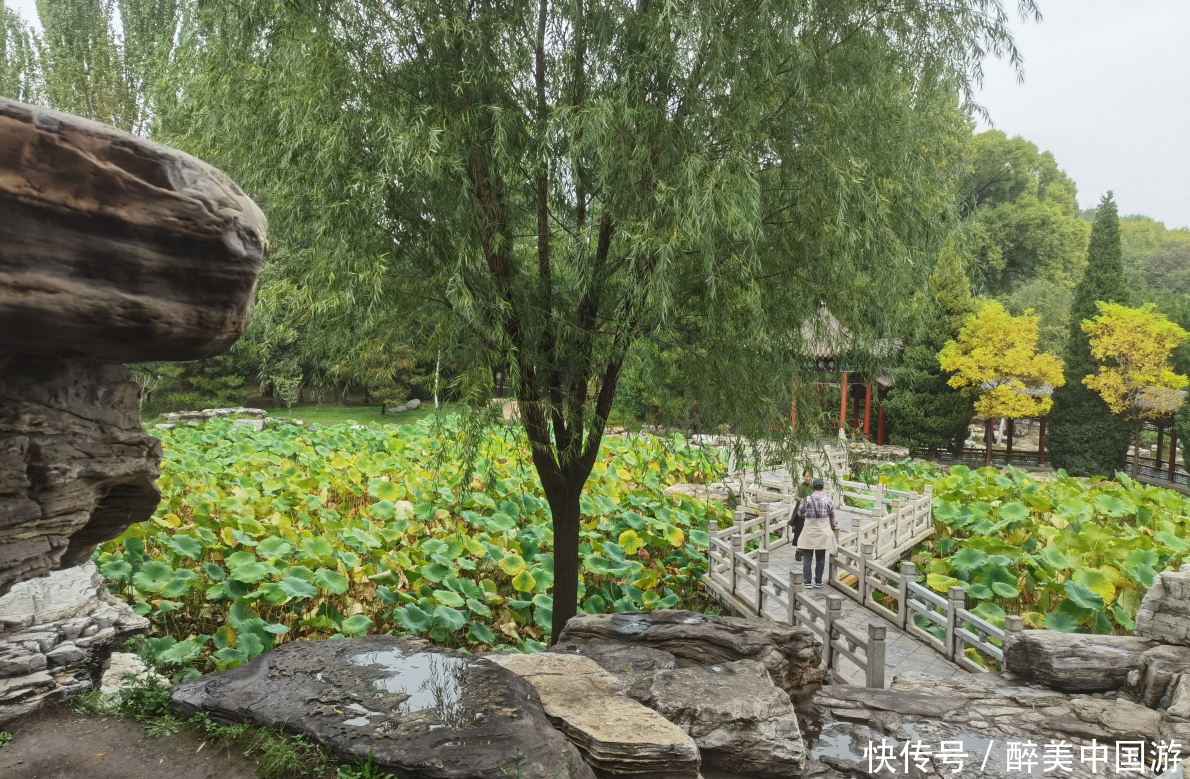
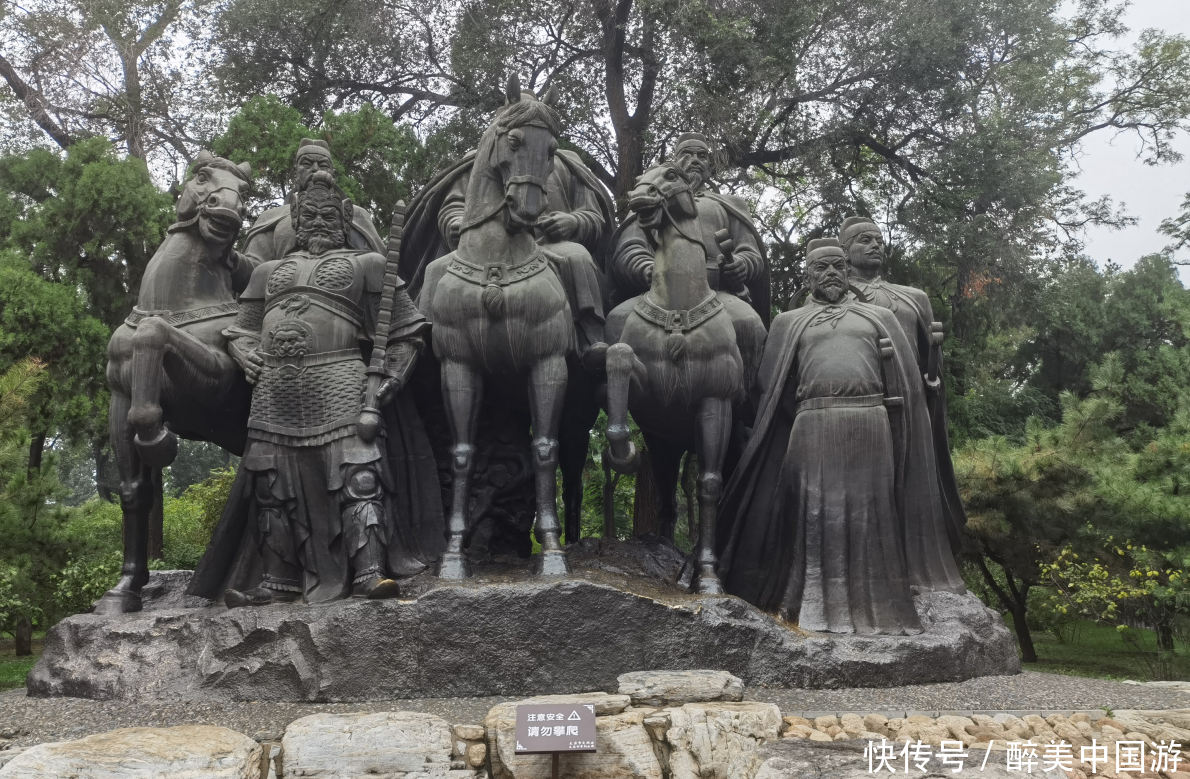
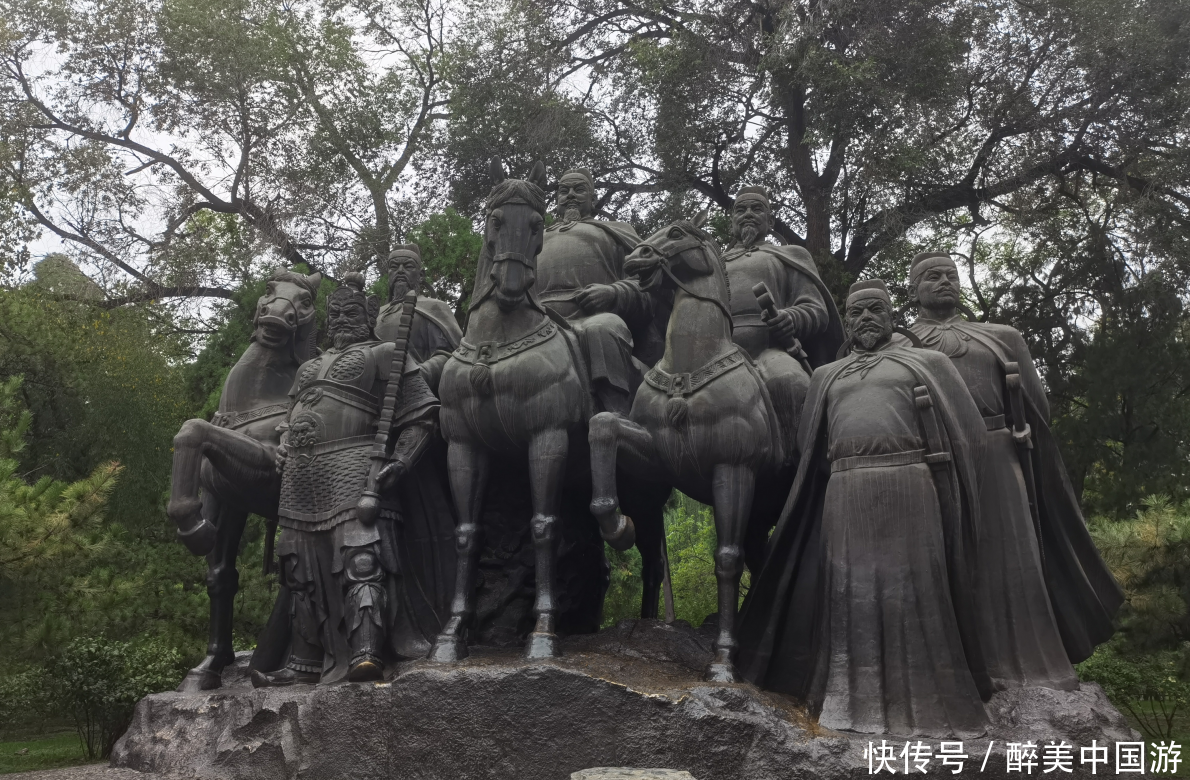
If you have research on history and are interested in ancient architectural culture , then the statue of the maid and Jinci Ancient cultural relics such as the inscription and the preface monument and the Huayan Stone Classic inscription must not be ignored. The statue of the maid is located in the Hall of Our Lady of the Jinci Museum and presented to posterity in the form of forty-three painted sculptures. Looking around, the statue is like a real person. It is not enlarged or reduced deliberately. It vividly reproduces the real life portrayal of the Song Dynasty court, which is a must. At the same time, these painted sculptures also have high historical, artistic and scientific value and are very precious. The inscription and preface of the Jinci Temple are imperial books by Emperor Taizong Li Shimin, which can be called the treasure of the town hall. When you stand in front of the monument, the first thing that catches your eye is the very rare dragon head flying white official script forehead. After that, through the beautiful description of the parallel script, people can learn about the history of Zong Zhou’s politics and Tang Shu’s founding of the country. It can also comprehend the cultural background of the Tang Dynasty’s civil and martial arts, and it is full of philosophy. 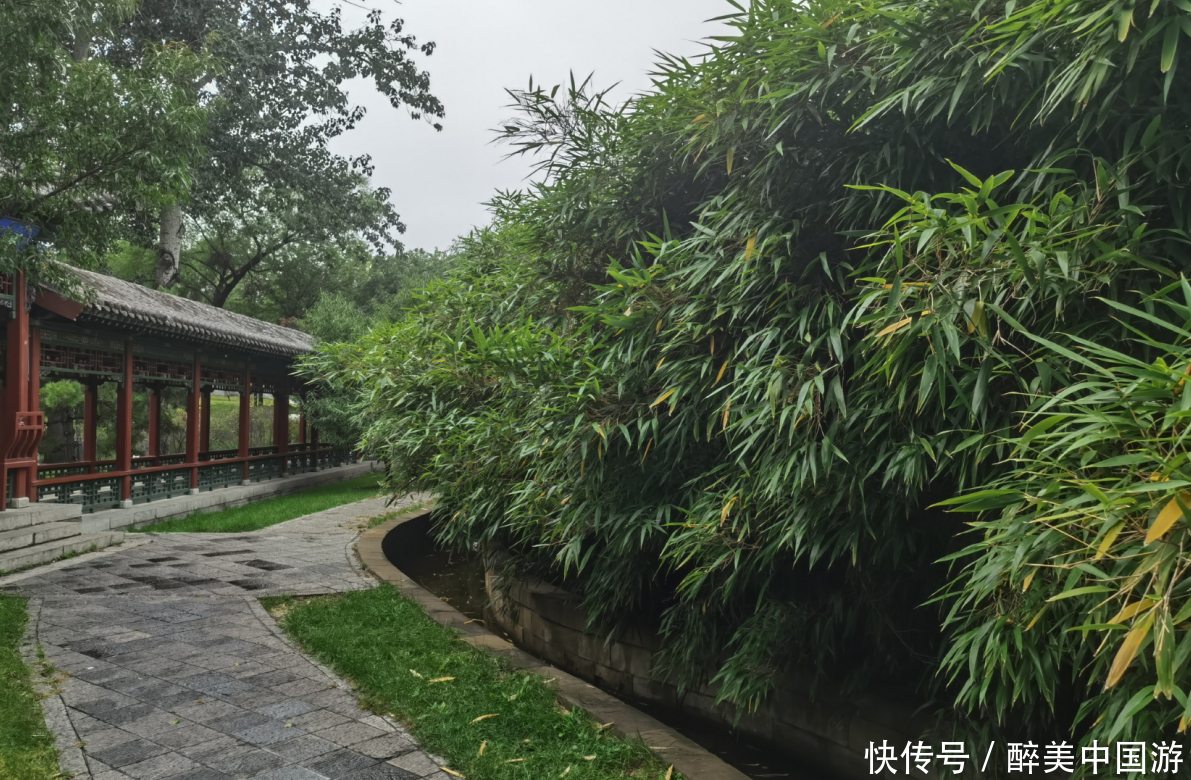
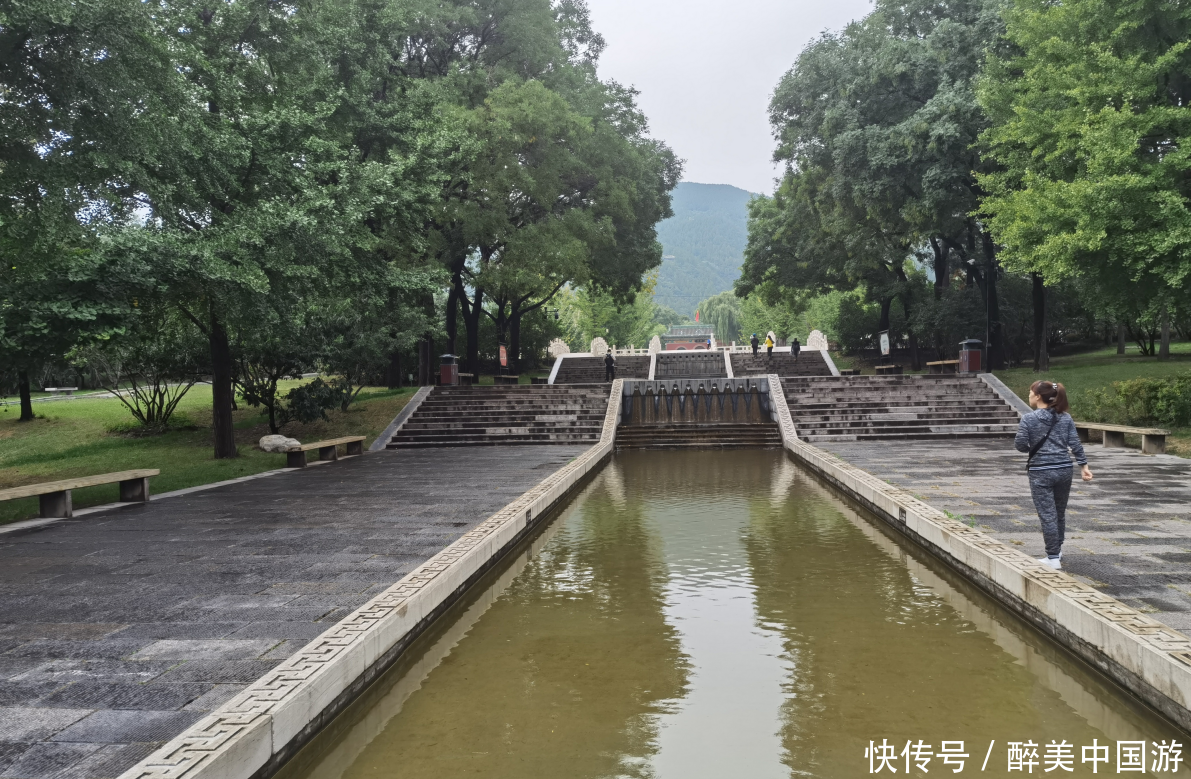
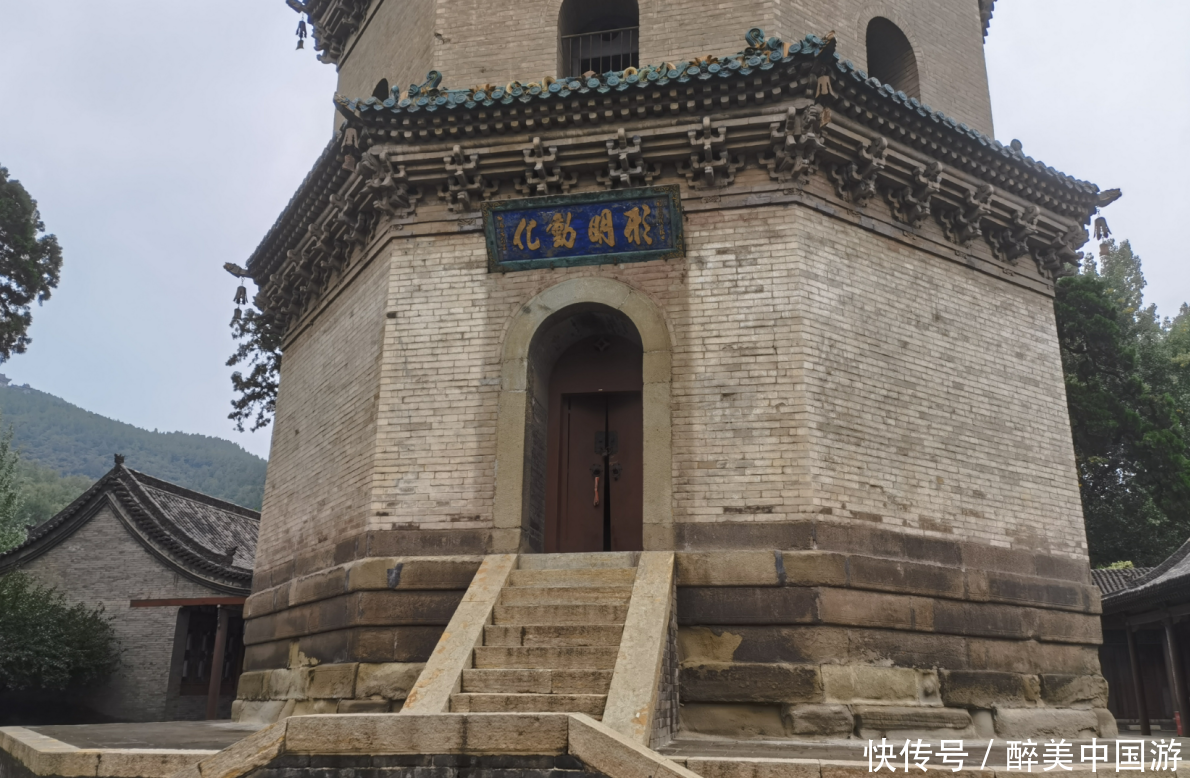
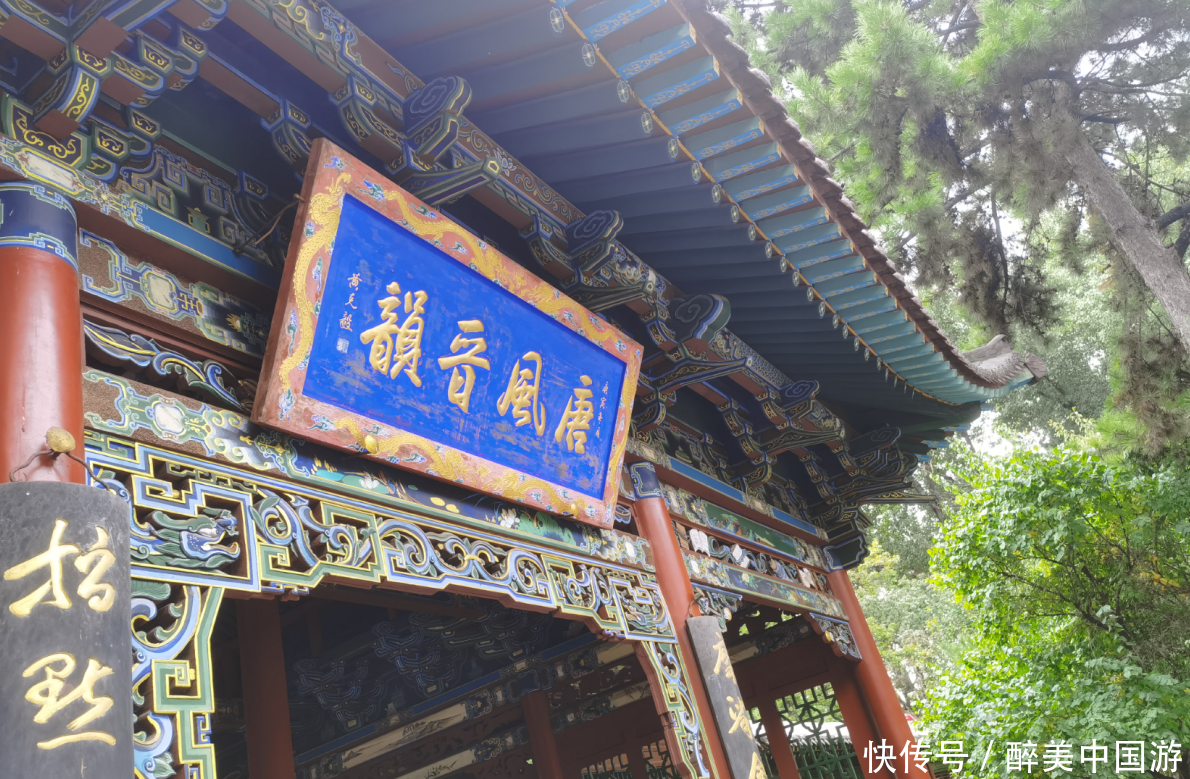
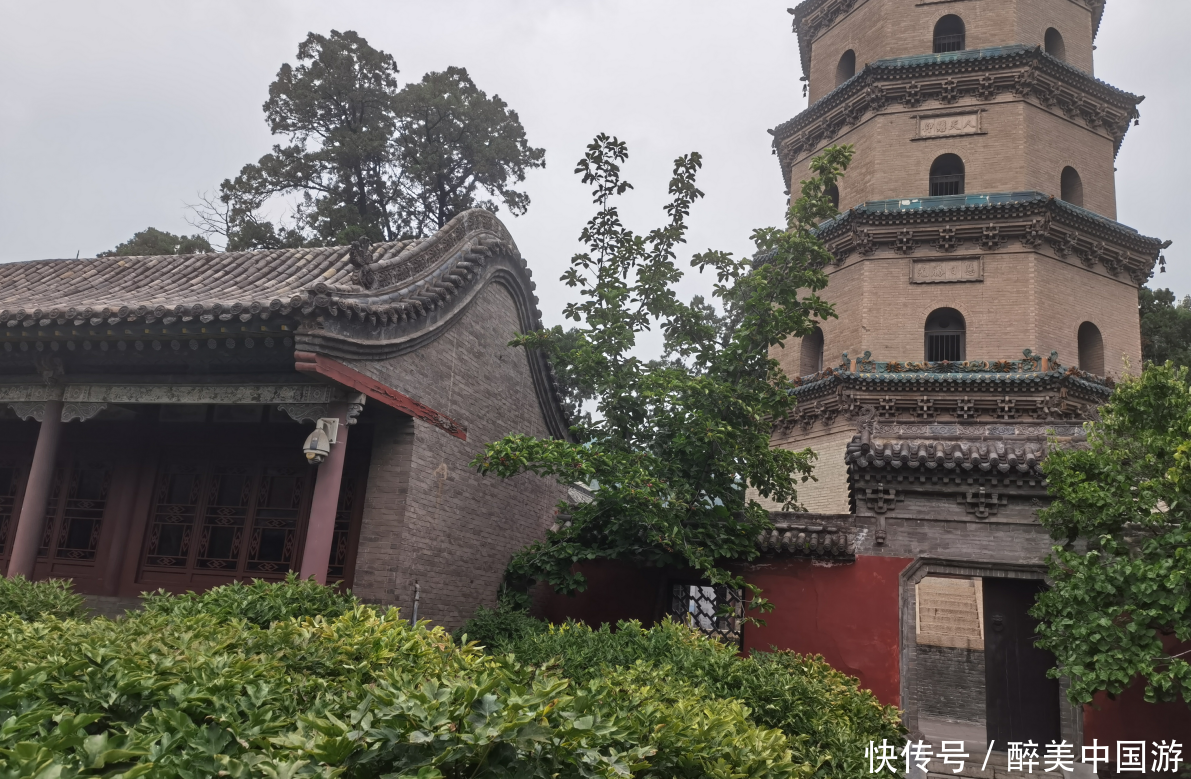
It gives people a feeling that from the inscription of Jinci and the preface to the monument, people can feel the profoundness in the treasure house of cultural relics in the sea of ink and fragrance. The historical value and magical artistic charm of the ancient times, the inscriptions are worth reading and thinking. The Huayan Stone Classic inscriptions located in the Fengsheng Temple were born in the Wu and Zhou Dynasties. With the help of the poet, it was completed. Later, it experienced the historical allusions of tiger’s mouth to seize treasures. With the efforts of local patriots, the Huayan Stone Classic inscriptions were transported to Jinci for collection, so they are also extremely precious and worth watching. Jinci Museum The reference price of tickets is 80 yuan per person for the full ticket price. Children under the age of 1.2 (inclusive) and under the age of six (inclusive), and the elderly over the age of 60 (inclusive) are subject to a ticket-free policy. From the city, you can take No. 308. Or bus No. 804 and get off at Jinci Park Station. If you start from Taiyuan South Station, take bus No. 79 and you can go directly to Jinci Park Station. The transportation is very convenient.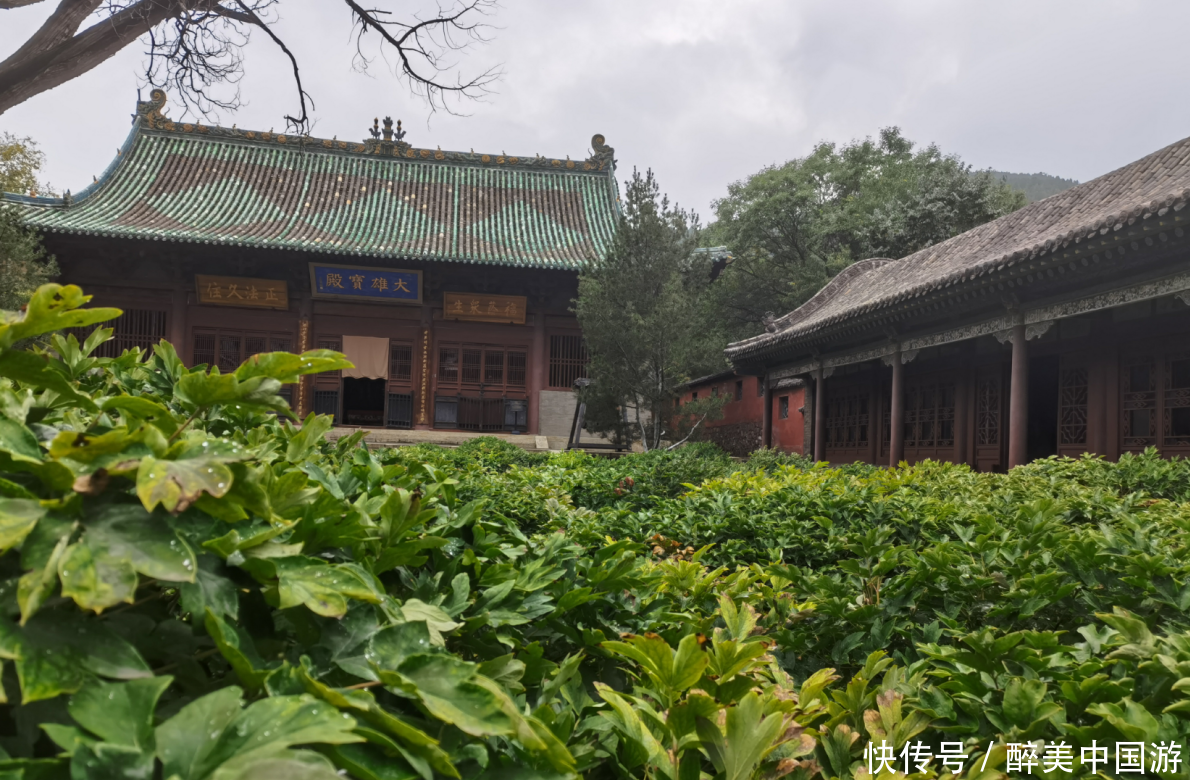
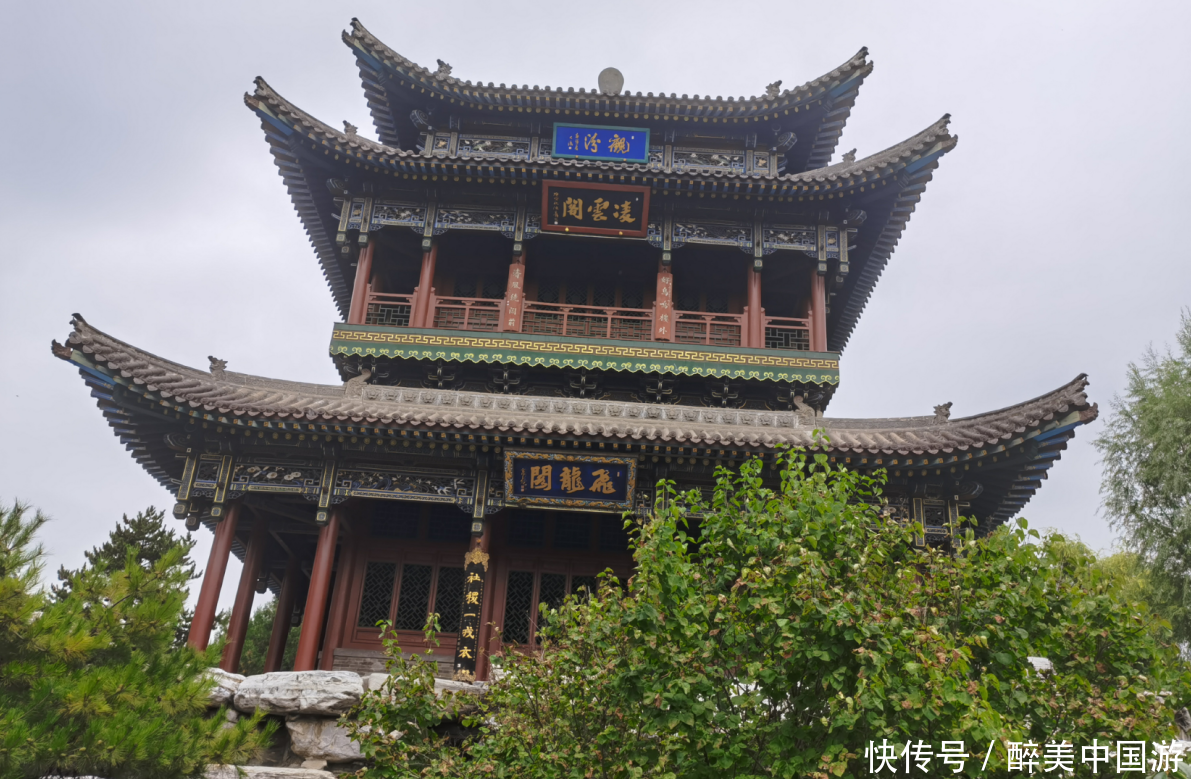
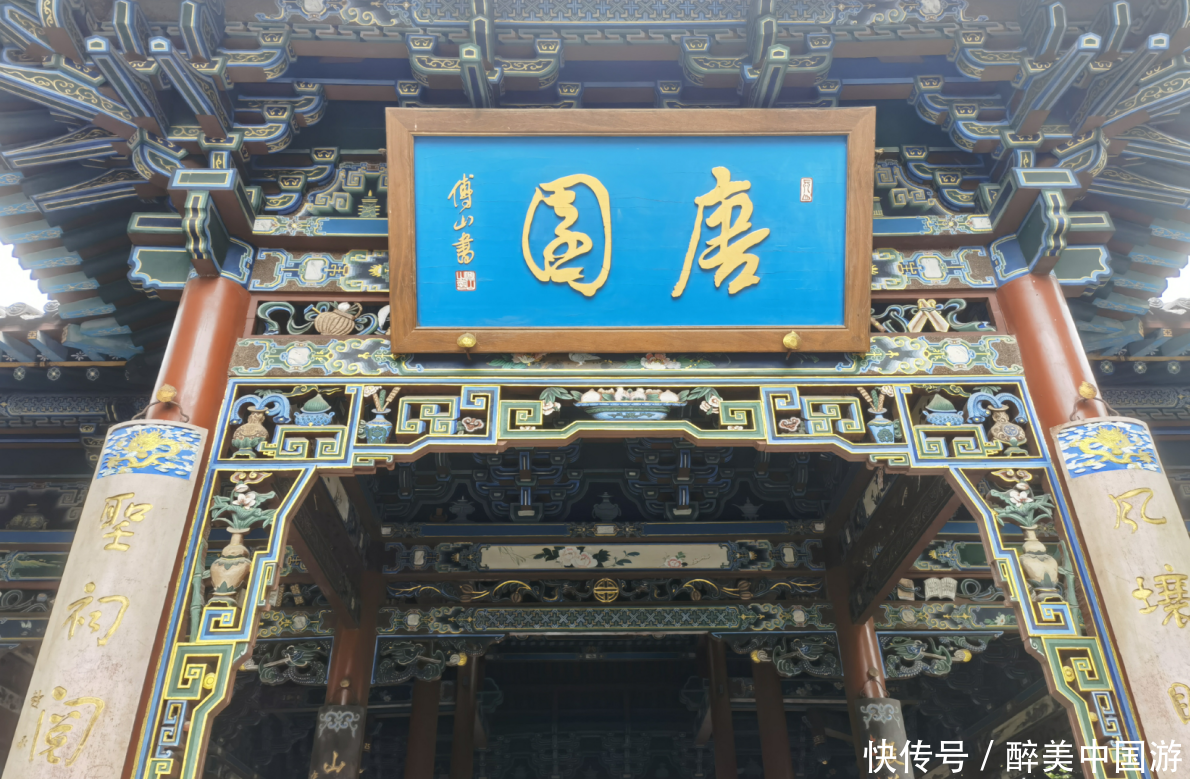
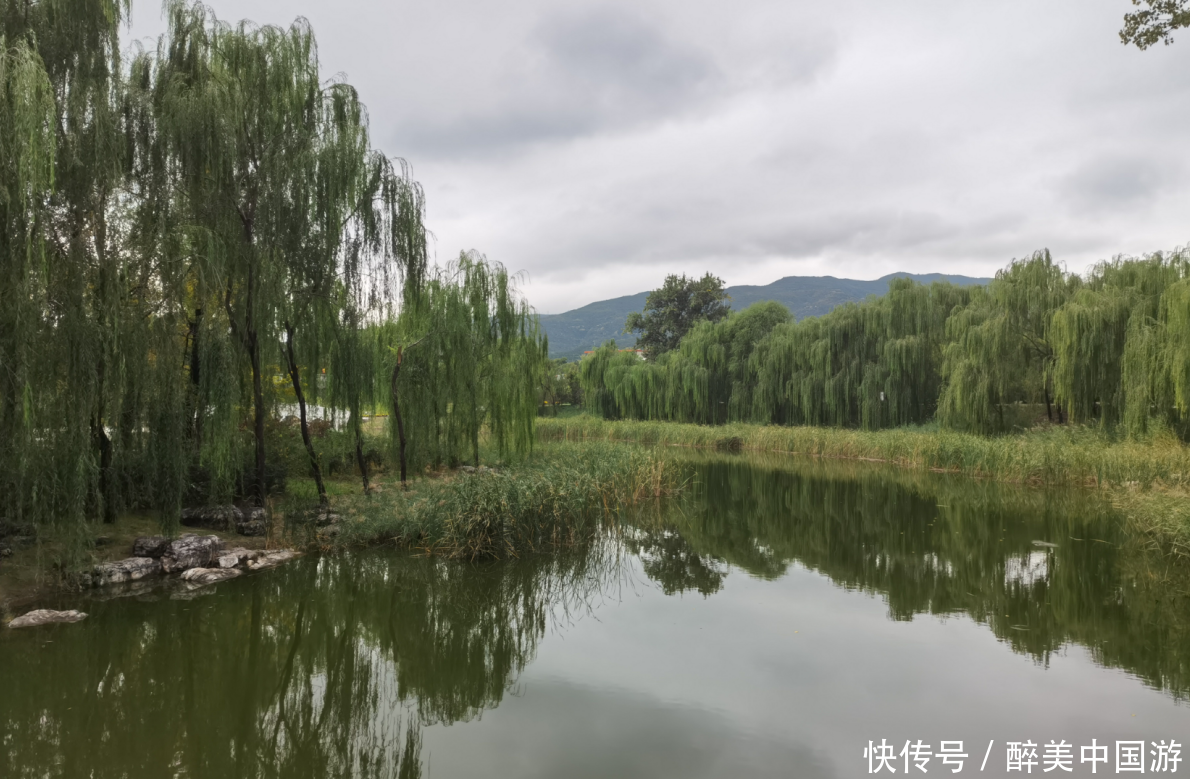
more human What’s more, Jinci Museum also has a rental service of interpreters in various languages, 20 yuan each time. At the same time, there is also a professional team of interpreters. The fee for ten people in Chinese is 80 yuan, and the fee for 20 people is 100 yuan. If the service is in English, an additional 20 yuan can be added on the basis of each. It should be noted that the route explained is generally from the publicity column as the starting station, and then to Shuijingtai, Zhibo Canal, Jinrentai, Duyuefang, Xiandian, Tang Stele, Tang Shuyu Temple, Guandi Temple, Zhou Dynasty. Cypress, Fish Marsh Feiliang, Notre Dame Hall, Nanlaoquan, Jellyfish Building and Jinxi Academy, and finally, the explanation ends at Dong Shouping Art Museum. Self-driving tourists directly navigate to the parking lot of Jinci Museum. The parking lot is located near the entrance of Jinci Museum. The parking fee is ten yuan each time. If you are driving from Taiyuan, it is recommended to follow the Fourth Ring Road and go along Jinyang Avenue all the way to get there. For tourists from other areas, it is recommended to take the Beijing-Kunming Expressway and take Jinyang Avenue from the Jinci exit.